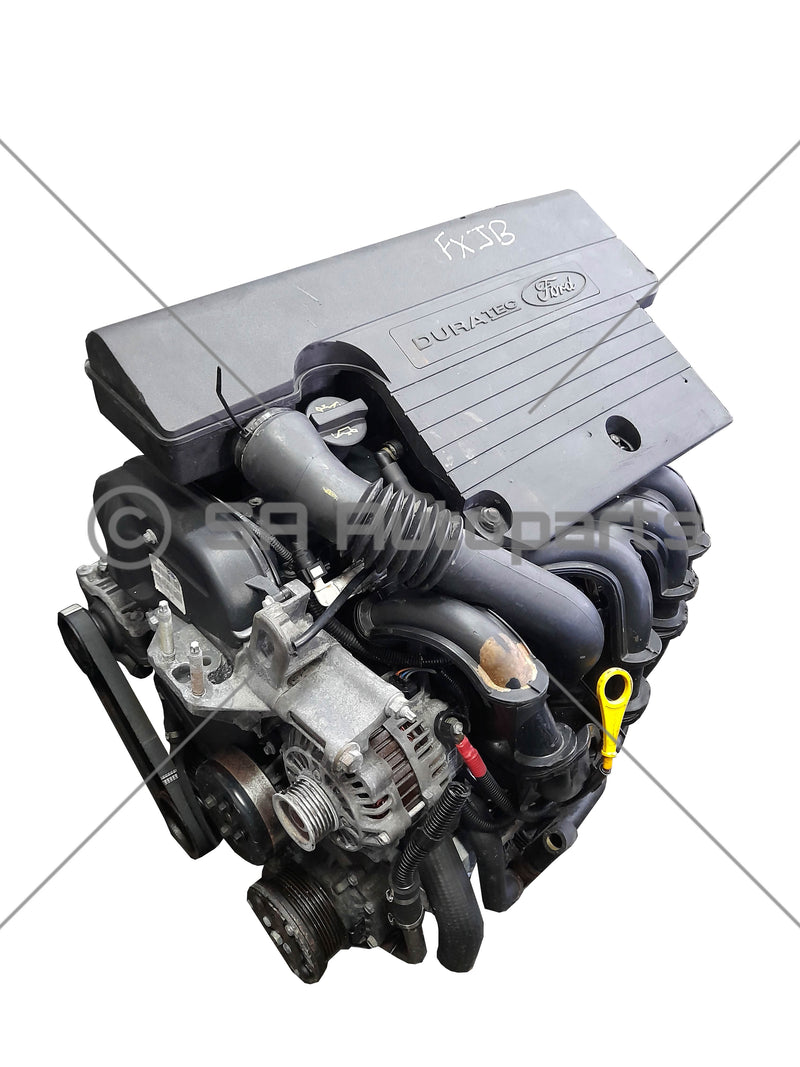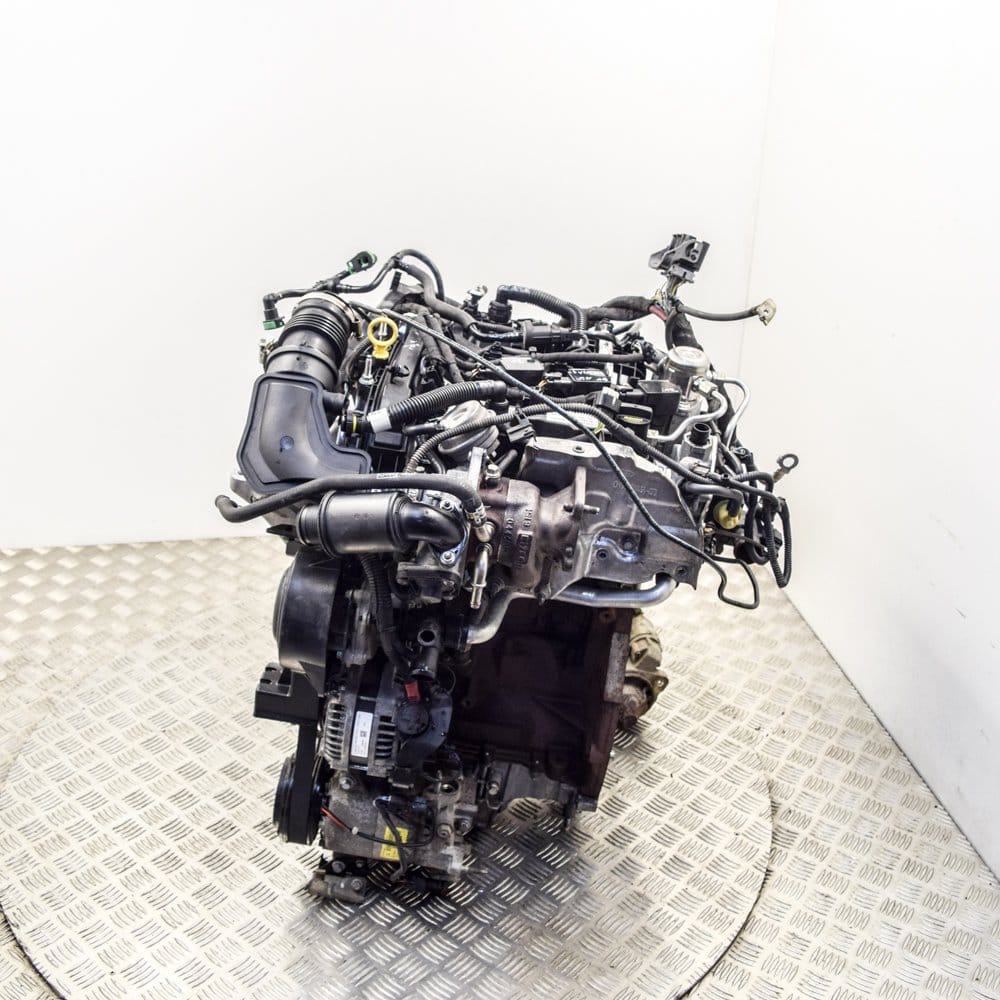Essential Services for Keeping Your Ford Fiesta Engine in Peak Condition
Exploring the Evolution of Engines: From Timeless Styles to Modern Marvels
From the preliminary steam engines that powered the Industrial Change to the introduction of interior combustion engines that transformed mobility, each stage has added to greater performance and ability. As we take a look at these landmarks, one should think about just how the future of engine style might unravel, challenging our understandings of power and performance.
The Birth of Engine Technology
The arrival of engine innovation marked a crucial moment in human development, transforming energy conversion and transportation. The earliest engines emerged from the need to harness mechanical power for useful usage, leading to the growth of devices that converted different power kinds into motion (ford fiesta engine).
The growth of the inner burning engine and the creation of the steam engine catalyzed an extensive change in commercial capabilities. These engines not only boosted effectiveness yet additionally broadened the scope of human flexibility, making it possible for extraordinary transportation opportunities. The early models laid the groundwork for the mechanical world, assisting in the surge of markets and improving societal structures.
As engine layouts progressed, they progressed and incorporated ingenious materials engineering principles, paving the means for modern-day developments - ford fiesta engine. The birth of engine innovation fired up an unrelenting quest of effectiveness and power, setting the stage for the vibrant evolution of transport and industrial machinery that would certainly follow
Vapor Engines and Their Impact

The heavy steam engine's impact was particularly noticeable in the transport market (ford fiesta engine). Steam-powered locomotives facilitated the fast movement of items and people throughout vast distances, effectively reducing the geographical barriers that had formerly hindered profession and interaction. Steamships revolutionized marine traveling, enabling for quicker and a lot more reliable crossings of rivers and oceans.
In sector, steam engines powered factories, enabling automation and the surge of urban centers as centers of economic activity. This shift not only changed labor characteristics yet additionally contributed to the introduction of a consumer-driven society. Steam innovation promoted innovations in engineering and production procedures, laying the foundation for future innovations in engine design. The tradition of heavy steam engines is extensive, reflecting a zero hour in human ingenuity and the ruthless pursuit of development.
The Rise of Interior Combustion
Regularly overshadowing vapor power, the surge of inner burning engines marked a transformative shift in transportation and sector throughout the late 19th and very early 20th centuries. The development of these engines, characterized by their capacity to shed fuel within the engine itself, made it possible for higher effectiveness and power compared to typical heavy steam engines. Pioneering creators such as Nikolaus Otto and Rudolf Diesel played vital functions in refining engine styles, leading to widespread fostering in cars, watercrafts, and industrial equipment.
The interior burning engine's compact dimension and relatively light-weight nature promoted the appearance of personal automobiles, transforming private mobility and reshaping city landscapes. By making it possible for faster traveling and the efficient transportation of goods, these engines catalyzed financial growth and cultivated globalization. The adaptability of fuel options, consisting of gasoline and diesel, additionally improved their appeal, permitting diverse applications throughout different industries.
Regardless of the environmental problems that would later develop, the initial appeal of inner burning technology stocked its transformative potential. As culture welcomed this technology, the foundation was laid for modern-day transport systems, establishing inner combustion engines as a keystone of commercial improvement and life throughout the 20th century.
Advancements in Engine Effectiveness
As inner burning engines ended up being integral to transportation and sector, the emphasis shifted in the direction of enhancing their effectiveness to satisfy expanding demands for efficiency and sustainability. Innovations in engine design, product science, and innovation have actually significantly added to this evolution.
One significant advancement is the advancement of turbocharging, which permits raised air page consumption, resulting in more complete fuel burning and improved power outcome without expanding engine dimension. Furthermore, variable shutoff timing systems have been carried out to optimize engine performance across different RPM arrays, thereby improving fuel effectiveness.
The use of sophisticated gas shot modern technologies, such as direct injection, has actually likewise played a critical role. This method enables more specific control over the fuel-air blend, promoting better combustion and decreasing emissions. Light-weight products, consisting of aluminum and composite components, have actually been taken on to minimize overall engine weight, leading to boosted efficiency.
These innovations mirror a more comprehensive fad within the automotive industry, where the harmony in between design advancement and ecological factors to consider drives the recurring pursuit for higher effectiveness in inner combustion engines. Therefore, modern engines are now more powerful, cleaner, and reliable than ever, leading the means for a more sustainable future in transportation.
The Shift to Electric Power
With expanding worries over environmental impact and fossil gas reliance, the automotive industry is experiencing a significant shift in the direction of electrical power. This transition is driven by a combination of technological innovations, regulatory pressures, and transforming consumer preferences. Electric automobiles (EVs) provide an engaging choice to typical inner combustion engines, flaunting decreased greenhouse gas exhausts and lower operating expense.
The increase of battery technology has actually been a video game changer, with lithium-ion batteries becoming much more cost-efficient and efficient. Boosted energy thickness and faster charging capabilities have made EVs extra useful for day-to-day usage. Moreover, federal governments worldwide are implementing rewards and establishing enthusiastic targets for eliminating nonrenewable fuel source cars, thereby increasing the adoption of electrical power.
As charging facilities expands and battery modern technology proceeds to boost, the change to electric power is poised to reshape the auto landscape, advertising sustainability and advancement in the years to come. The future of transportation is electric, and the momentum is indisputable.
Verdict
The advancement of engine innovation stands for a substantial trajectory of development that has profoundly affected transport and industry. From the foundational heavy steam engines to the transformative inner burning engines, each advancement has contributed to boosted flexibility and financial growth. The current transition towards electric power highlights hop over to here a critical dedication click for info to sustainability, driven by improvements in battery technology. This continuous advancement not only mirrors altering societal needs but likewise highlights the capacity for a cleaner and extra efficient future in engine layout.
